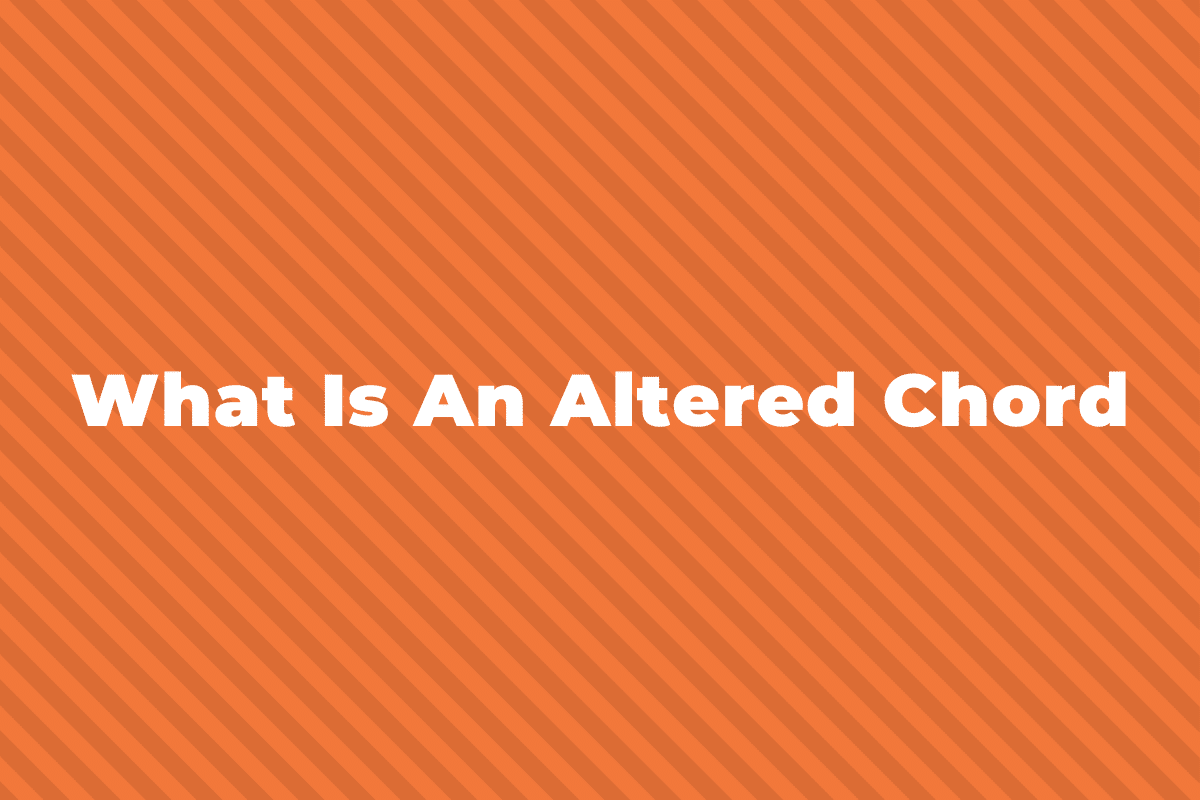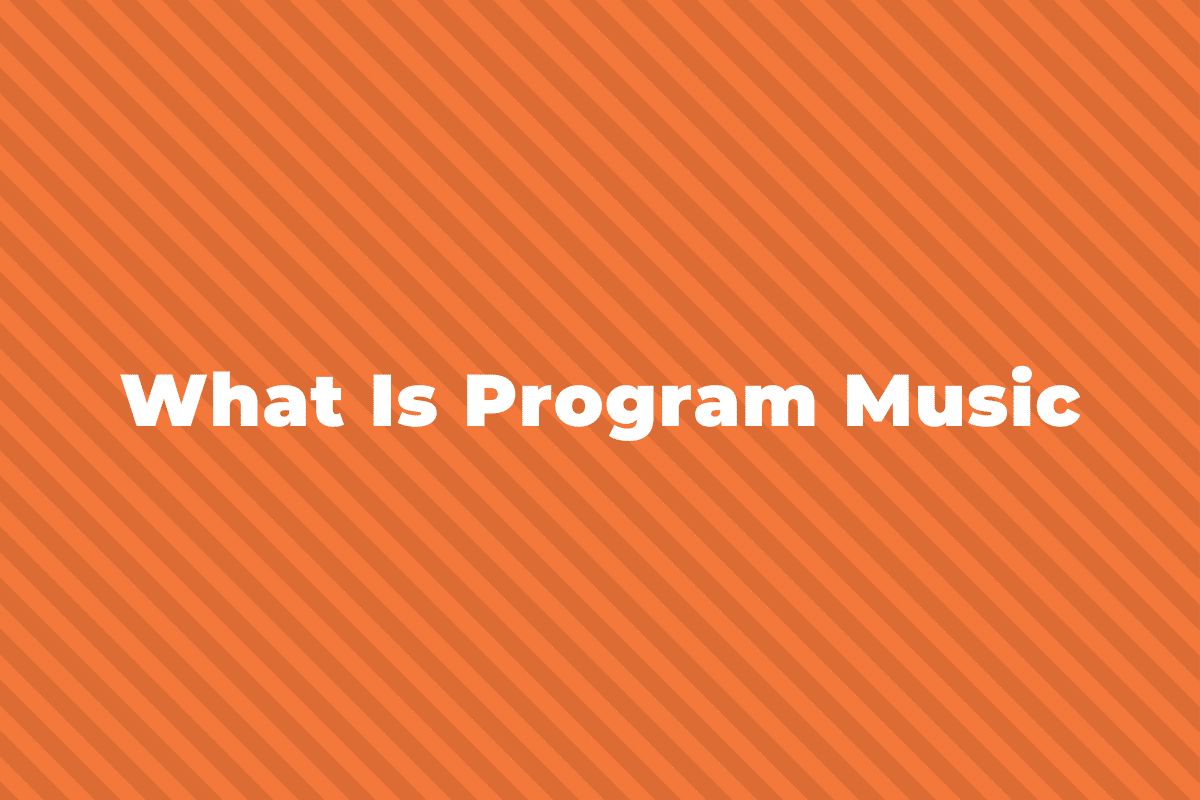Slash Chords are very common in music nowadays, especially in guitar music. If you look up chords to a song online, chances are you’ll see some of them written as slash chords.
In this guide, we’ll take a look at slash chords, what they are, how to read them, and when to use them. To learn all this, we’ll first need to know what a chord is.
What is a Chord?

In music, whenever you hear two or more notes being played at the same time, you are hearing a chord.
If the chord has only two notes, it’s known as an interval or a dyad, a three-note chord is a triad, and there are many types of chords with four or more notes, like extended chords and Seventh chords.
Chords are built on what is called a root note, which is the main letter that defines the chord.
For example, a D Maj chord and a D min chord are both built on the root note “D”, even though they are different chords.
The other notes in a triad are called the third and the fifth, because they are an interval of a third and a fifth above the root note, respectively.
Therefore, if a D Maj chord is made of the notes D – F# – A, then the “F#” is the third and the “A” is the fifth.
Seventh chords are called that because they add the note that is a seventh above the root.
In the case of D Maj7, this would be “C#”, so the whole chord would be D-F#-A-C#.
What is a Slash Chord?
In simple terms, a Slash Chord is a chord where the bass note – the lowest note heard in a chord – is different from the root note.
In the D Maj and D Maj7 examples above, the lowest note of the chord would be the note D:

The same is true for playing chords in general – the root note of the chord is the lowest note played, and from there you build up the third, the fifth, the seventh etc.
However, with Slash Chords, there is a different note at the bottom, which is depicted by a slash after the main chord.
The way you write a slash chord is: main chord / bass note.
This is read and spoken as “main chord slash bass note” or, more commonly, “main chord over bass note”.
So, for example, if you wrote the D Maj7 chord above (D-F#-A-C#) as DMaj7/A, it would look like this:

The chord on the right would be read as “D Maj7 over A” or “D Maj7 slash A”.
Slash chords can have any note after the slash, but typically it is a note found within the chord.
Therefore, slash chords are sometimes thought of as a simpler, more modern way to write chord inversions than the more complicated figured bass style.
With a C7 chord (C – E – G – Bb) there are four notes, and if any one of them besides the main note “C” are written as the bass note, you can use a slash chord to notate that.
C7 means C is the bass note, and C7/E, C7/G, and C7/Bb mean that E, G, and Bb are the bass note, respectively.
However, you don’t need to have a note within the chord be the bass note in a slash chord; it can be any note.
For example, with Bmin (B – D – F#) you can make it into Bmin/G#, or Bmin/A#, which would just be a B min chord with an additional note below it:

Because the note after the slash is called the bass note, it is often played separately from the chord before the slash.
For example, in a rock band with a guitarist and batssist, the guitar player would play the main chord (Bmin) and the bass player would play the note after the slash (G# or A#):
Common Examples of Slash Chords
Most modern pop songs will have some Slash Chords in them.
This is mainly because the chords most played in pop music progressions are the I, IV, and V chord (see our article on chord progressions if you need more information).
In C, this would be C Maj, F Maj, and G Maj.
The roots of these chords are about as far away as you can get from each other – the interval from C – G is 7 semitones, and from G – C is 5 semitones.
With slash chords, the bass note doesn’t have to travel as far and the chord progression sounds smoother.
Take the song “Landslide” by Fleetwood Mac as an example:
The guitar chord progression goes from C Maj – G Maj/B – A min7 – G Maj/B.
The G Maj/B slash chord allows the bass note to descend stepwise from C ⇨ B ⇨ A ⇨ B before repeating, and that creates a smoother transition from one chord to the next, instead of jumping 7 semitones from C to G:

Another song that does a similar progression (in G this time) is “Lego House” by Ed Sheeran:
The song “God Only Knows” by The Beach Boys uses a lot of slash chords in which the bass note is the fifth of the chord (e.g. C/G, D/A).
This creates a more floaty feeling, like the chords aren’t very settled, and it allows them to change through different key centers.
For example:
Another use is when one chord is played normally (with no slash) and then played as a slash chord.
This keeps essentially the same chord but it changes it up in the bass note to create motion and keep the listener from feeling bored.
An example of this is “Thinking Out Loud” by Ed Sheeran, in which the chord progression goes: D – D/F# – G – A.
This slash chord (D/F#) also allows him to go all the way from D to G with a step in between, so it’s not as big of a leap in the bass note:

The song “Crash Into Me” by Dave Matthews Band is basically all slash chords.
The chord progression is an E Maj chord played on top of 8 different notes to create a progression:

Every fourth chord is an E Maj chord with the bass note of E, so it’s not considered a slash chord, even though the bass note is separate from the E chord above, like it is in all of the other chords.
For example:
Summing Up Slash Chords
That’s all of the main information on Slash Chords.
Now that you know what to look for, you’re bound to see them all over the place, especially in guitar chord charts and tabs.
Just remember, if you’re playing by yourself you play both the chord and bass note, but if there’s more than one person playing a guitar/piano and a bass, then the guitar/piano player just plays the main chord and the bassist just plays the bass note.



